#Phyla lanceolata
Explore tagged Tumblr posts
Text

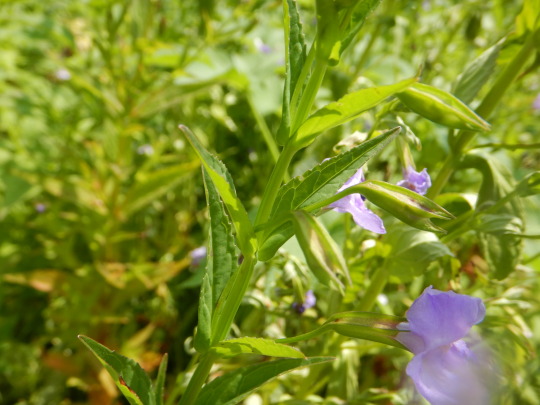
More from the gravel bars and mudflats, a type of riparian ecosystem of the Little Miami pt 2
Mimulus ringens, previous post had the other common species in this, these pictures show just how much larger the peduncle is comparative.
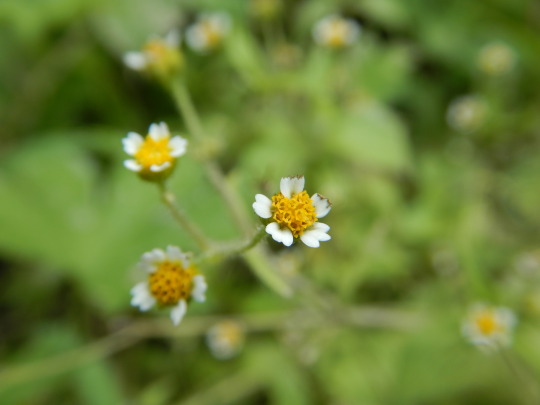

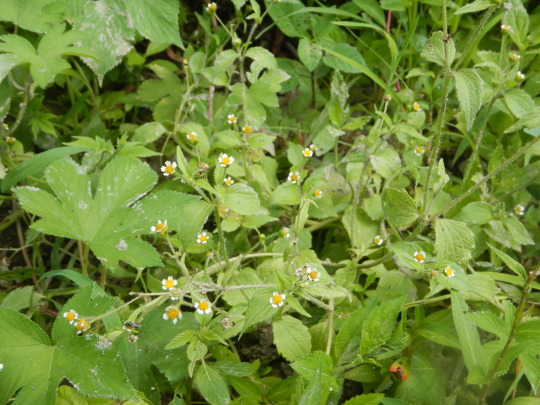
In a patch of Korean hops lies an introduced naturalized species known as Galinsoga quadriradiata or the shaggy soldier. (on broken bar)

Phyla lanceolata, lance leaf fog fruit , If your from Ohio we call it Frog Fruit; a native species perfect for bioswale planting and riparian restoration. Great stabilizer.
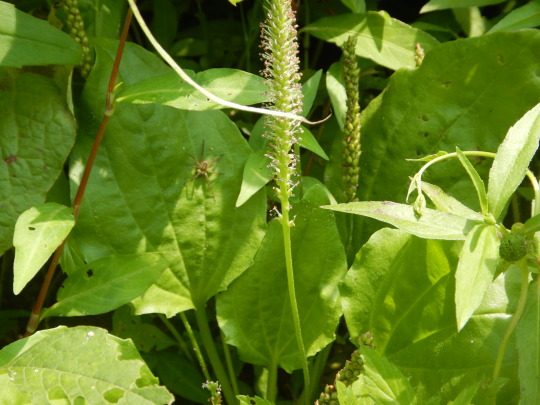

^bottom pic from MN wildflower blog. via Peter M. Dziuk
in the mudflat, Plantago rugelii (fairly sure based off of red base) or the floppy red based broad leaf plantain. If you find a plantain in a mudflat, it usually is stick like or narrow leaved with really unique flower structure that is more bristly looking on average, these tend to be our natives, Heartleaf is more of a gravel scour and flat wet wood species. Much like heart leaf, rugel's also has a broadleaf compared to the rest of the wet loving species. The base of this plant were barely red and the flower morphology was very bristle like is why I think the ID is correct, plus the niche affiliation; with this said, the P. major is also a generalist and can have red when stressed by summer heat on it's petioles so it would of been better to go off of the bulb like base instead of the intuition while kabrewing on the Little Miami. The other way to tell is that the ovules stick more erect.



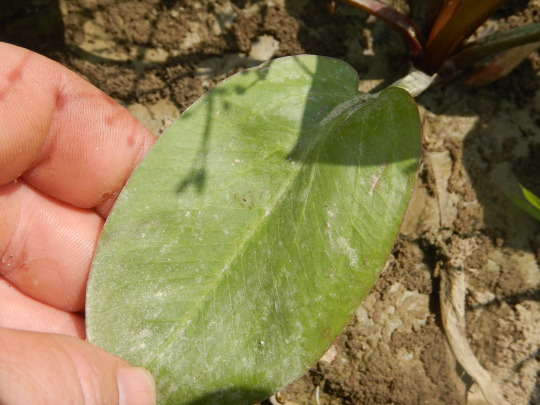


Alisma spp. or rather I think it's A. triviale is a common mudflat species that can take longer partial submersion but doesn't like extended turbulence. Heart leaved small flowered northern water plantain.
#ohio#botany#wildflowers#mimulus ringens#mimulus#galinsoga#galinsoga quadriradiata#phyla lanceolata#phyla#alisma#alisma triviale#plantago rugelii
83 notes
·
View notes
Text
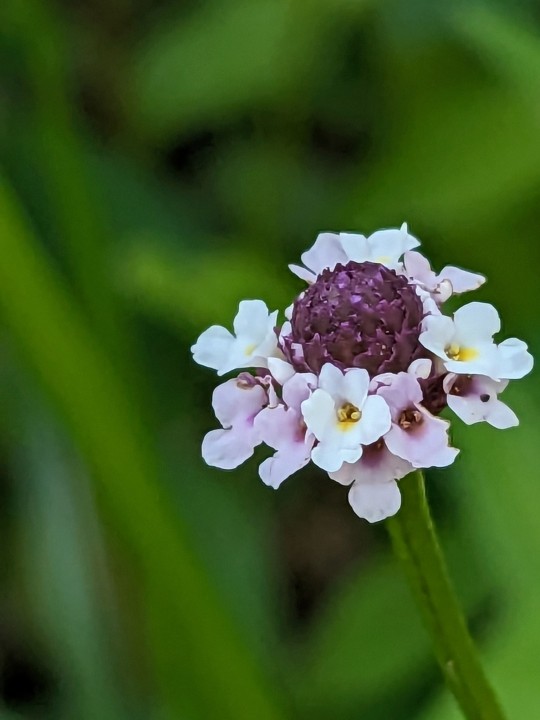
Lanceleaf Frogfruit
Phyla lanceolata
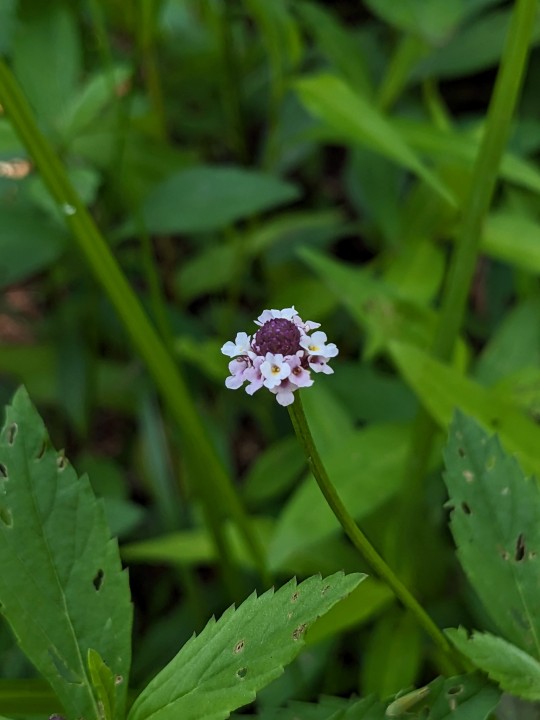
This perennial species in the verbena family is native to much of the United States and Mexico. It's usually found growing in disturbed wetlands, ditches, or yards and provides nectar for many beneficial insects when it blooms during summer.
The plant pictured was in disturbed bottomland woods near Butler Lake and the Meramec River in southern St. Louis County, Missouri, USA
June 20th, 2023
Olivia R. Myers
@oliviarosaline
#botany#Phyla lanceolata#phyla#Frogfruit#lanceleaf frogfruit#verbena#Verbenaceae#vervain#Lantaneae#nature#woods#naturecore#fairycore#the ozarks#ozarks#missouri#plants#flowers#tiny flowers#wetlands#Missouri nature#forest floor#exploring the woods#flower photography#nature photography#plant photography#nature appreciation#ecology#lantana#flowercore
30 notes
·
View notes
Text
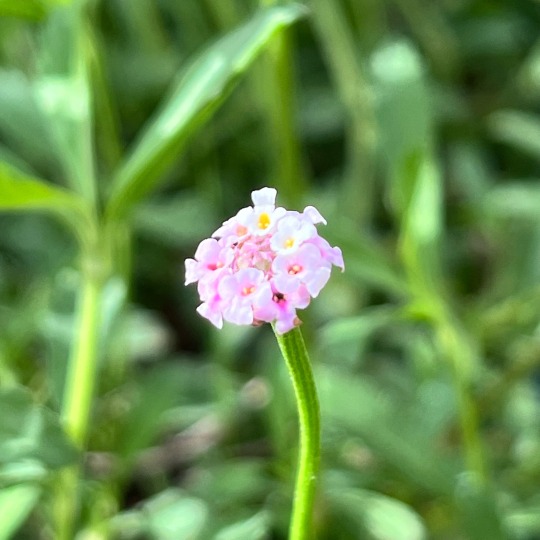

frogfruit and lanceleaf coreopsis 🥰
#frogfruit is on the way to covering the entire bed#and both coreopsis plants became huge without me noticing#only one is flowering tho which is strange since they're right next to each other#my post#native gardening#Phyla nodiflora#Coreopsis lanceolata#plantblr
1 note
·
View note
Text
Trying to qualitatively evaluate which plants are most used by insects, I've been paying attention to which species have the most holes in the leaves.
Some of the best loved pollinator plants, such as the mountain mints, which bees are obsessed with...well, that one doesn't have holes in the leaves at all. I understand why, I tried to eat it myself and the overwhelming, burning dose of menthol made me spit it out.
These are some of the plants that get eaten the most:
Verbena urticifolia, White Vervain. This plant is not very popular, I haven't found any nurseries that sell it, it just isn't as pretty as the other Verbena species, its flowers being tiny and white. And it looks a lot like stinging nettle before it blooms, an unfortunate resemblance. This plant often has the holiest leaves, I've never seen its leaves uneaten.
Phyla lanceolata, Frogfruit. This plant is sold by at least one native plant nursery, but still not very popular. It grows in wet areas ranging from "moist" to "a couple inches of water" and would be great for a drainage ditch. It is very tough, spreads along the ground by its stems and grows SUPER fast. It is also eaten upon heavily by bugs.
Eupatorium serotinum, Late Boneset. This plant is actually more attractive for its leaves and bright red stems than for its flowers, I think, but a couple nurseries do sell it. It prefers wet areas.
Xanthium strumarium, Cocklebur. Nobody wants to plant this thing on purpose...except me. A lot of sources claim it's not even native! That's bullshit though because there are species of bugs ONLY found in North America that ONLY eat cocklebur.
I am being driven to madness by the fact that bees and butterflies aren't better studied than other pollinators because they are more important to the ecosystem, they are just better studied because...people like them more?
Seriously
My plants are attracting HUGE amounts of flies, ants, wasps, and moths, and when I identify them and look them up there is no information! Especially flies, wow. They're so diverse, there's SO many different kinds. I'm getting a ton of bee-mimic flies and hover flies.
Wikipedia says hover fly larvae eat aphids while the adults are pollinators. That means they are beneficial in two ways at once! But most of the Wikipedia pages for species are only one sentence, if they exist at all. Likewise here's the wiki page for the most common bee mimic fly where I am. It's one sentence!
If you only pay attention to butterflies and bees, and plant the plants that are the best for butterflies and bees, you would maybe neglect keystone plants that support the largest amount of other insects. And these insects are like, a massive proportion of the bugs in a healthy ecosystem. And birds and mammals need bugs for food! A lot of birds are mostly insectivorous, and anyways, an unbalanced diet of all bird seed can't be healthy even for the omnivorous birds. They need to eat a variety of foods!
Not to mention that larvae are necessary for feeding baby birds!
The back yard is overflowing with birds. There are red-bellied woodpeckers, a gray catbird, a barn swallow, tree swallows, wrens, sparrows, house finches, goldfinches, bluebirds, bluejays, grackles, orioles, cardinals, doves, and a bunch of others I'm forgetting about, and they are constantly singing and making a commotion, and it's louder now than the ugly man-made sounds that are always barging in through the quiet.
2K notes
·
View notes
Text

The green sweat bee (Agapostemon texanus), found in North America, on a fogfruit (Phyla lanceolata), native to the southern half of North America.
Found by @photographers--world via @welovingcollectortyphoon

fogfruit
#Agapostemon texanus#green sweat bee#bees#bee#insects#animals#Phyla lanceolata#fogfruit#wild plants#botany#entomology
11 notes
·
View notes
Photo

Lanceleaf Frogfruit
Phyla lanceolata
This small flowering plant is found in disturbed, moist areas, especially drainage ditches. It has long, trailing stems that form a mat, sending up small globular flower spikes bearing tiny, pink to white blossoms.
Though there is not a wealth of data about the medicinal uses of Phyla lanceolata, its relative, P. nodiflora, has recorded antibacterial, diuretic, parasiticidal, and anodyne properties. The aroma is inhaled to treat cough and cold, and the juice is drunk to treat hookworm, fever, cough, gastric issues, and cold.
The Mahuna used the plant for rheumatism and the Houma added a decoction of the plant to a bath to make lazy babies walk.
There is no concrete magical tradition for this plant, but I like to use it in charm bags for happiness, calming, and confidence. I associate it with the goddess Felicitas, the element Water, the astrological sign Cancer, and the Moon.
4 notes
·
View notes
Photo


1 note
·
View note
Photo


Phyla lanceolata
Lanceleaf frog fruit
9 notes
·
View notes
Photo



1 note
·
View note